Exploring the Benefits of a Gluten Free Paleo Bread Recipe
The allure of gluten free paleo bread lies in its wholesome ingredients and a health-focused approach. If you’re looking to enjoy bread without gluten or grains, this recipe is a game-changer. Gluten free paleo bread allows you to indulge in baked goods while adhering to a diet that emphasizes whole foods. Here, we’ll explore how this delicious bread can fit into your lifestyle while offering multiple benefits.
When you choose a gluten free paleo bread recipe, you’re not just swapping flavors; you’re embracing a nourishing alternative that supports various health goals. This type of bread typically uses ingredients like almond flour, coconut flour, and eggs, making it rich in protein and healthy fats. Let’s delve into the benefits of this gluten-free delight.
Enhanced Nutritional Profile
One of the standout features of a gluten free paleo bread recipe is its enhanced nutritional profile. Here’s how it helps:
- High in Protein: Almond flour and eggs are great sources of protein, supporting muscle health and keeping you feeling full longer.
- Low in Carbs: This bread tends to have fewer carbohydrates than traditional bread, making it suitable for low-carb and ketogenic diets.
- Rich in Healthy Fats: Ingredients such as coconut oil add healthy fats, which are essential for brain function and maintaining energy levels.
- Packed with Nutrients: Nuts and seeds used in these recipes are loaded with vitamins and minerals, contributing to overall wellness.
By replacing wheat flour with alternatives like almond and coconut flour, you’ll discover these nutritious benefits while still enjoying a delicious bread experience.
Digestive Health
Another significant benefit of gluten free paleo bread is its positive impact on digestive health. Many people struggle with gluten intolerance or sensitivity, which can cause digestive discomfort. Switching to gluten free options can alleviate these issues.
Some advantages include:
- Reduced Bloating: Without gluten, many individuals report decreased bloating and discomfort after meals.
- Improved Gut Health: The healthy fats and fiber from the ingredients can promote a balanced gut microbiome, benefiting digestion.
- Less Inflammation: Many gluten free paleo recipes incorporate anti-inflammatory ingredients, further supporting digestive processes.
You’ll find that your gut thanks you for the switch as it appreciates foods that are easier to digest.
Versatile and Flavorful
One of the greatest things about a gluten free paleo bread recipe is its versatility. You don’t have to stick to one flavor or texture; you can customize it to suit your taste! Here are a few ideas:
- Add Seeds: Mixing in chia seeds, flaxseeds, or sunflower seeds can give your bread a delightful crunch and added nutrition.
- Incorporate Herbs: Fresh or dried herbs can elevate the flavor, creating a savory loaf perfect for sandwiches.
- Experiment with Spices: Cinnamon, garlic powder, or even a touch of cocoa can change the flavor profile entirely, ensuring there’s always something new to try.
This flexibility means you can create a meal that aligns perfectly with your dietary needs and flavor preferences.
Simplified Baking Process
Making gluten free paleo bread can also be simpler than traditional bread. Many recipes require minimal ingredients and can be prepared in just a few steps. Typically, you combine your dry ingredients, mix in the wet ingredients, and then bake. The process is straightforward, allowing both seasoned bakers and beginners to find success.
This ease of preparation is perfect for those busy days when you want to whip up something wholesome without the hassle. Additionally, you can prepare a batch to freeze, providing a ready-to-go option whenever you crave bread.
Adapting to Dietary Needs
In a world filled with dietary restrictions, having a go-to gluten free paleo bread recipe can be invaluable. Whether you’re avoiding gluten for health reasons, managing blood sugar levels, or simply choosing a cleaner eating approach, this recipe meets these needs without sacrificing taste.
As you explore gluten free paleo bread, you’ll discover its amazing benefits, from enhanced nutrition and better digestion to versatile flavor options and ease of preparation. With just a few ingredients, you can create a delicious, healthy alternative that supports your dietary journey. Enjoy the satisfaction of baking, nourishing your body, and embracing a lifestyle filled with wholesome choices!
Essential Ingredients for Perfecting Gluten Free Paleo Bread at Home
Creating delicious gluten free paleo bread at home is easier than you might think, especially when you understand the essential ingredients that help achieve the perfect texture and flavor. Whether you are adhering to a gluten-free lifestyle for health reasons or prefer the paleo diet for its emphasis on whole foods, knowing what to use is vital. In this guide, we will explore the key ingredients that can elevate your gluten free paleo bread to new heights.
The Foundation: Flour Alternatives
Traditional bread relies heavily on wheat flour, but gluten free paleo bread requires different sources. Here are some top flour alternatives:
- Almond Flour: One of the most popular choices, almond flour gives a rich nutty flavor and helps maintain moisture. It’s high in protein and healthy fats.
- Coconut Flour: This flour is incredibly absorbent, so you’ll need to balance it with more liquid or eggs. It adds a subtle coconut flavor, making it a great choice for sweet bread recipes.
- Flaxseed Meal: Ground flaxseeds can be combined with water to create a gel-like consistency, acting as a binder. This ingredient contributes healthy omega-3 fatty acids.
- Cassava Flour: A great option for those looking for a neutral taste. Cassava flour mimics traditional flour well, aiding in texture.
Baking Essentials
Besides flour, certain baking essentials can make or break your bread. Here are a few crucial items:
- Baking Powder: Ensure you use a gluten free baking powder for a good rise. This helps make your bread fluffy.
- Salt: A touch of salt enhances flavor. It’s vital to balance the sweetness, especially in sweeter recipes.
- Sweeteners: Natural sweeteners like honey, maple syrup, or coconut sugar can add the perfect touch to your bread without going off-paleo.
Binding Agents
Without gluten, you need something to hold your bread together. Choose from these binding agents:
- Eggs: They are versatile and provide structure to the bread. Plus, they add moisture and flavor.
- Chia Seeds: When mixed with water, chia seeds form a gel that works similarly to eggs. They are an excellent choice for vegan recipes.
Liquid Ingredients
Moisture is crucial in baking, especially in gluten free paleo bread. Here are some liquids that work well:
- Water: The most common liquid, it helps blend the dry ingredients seamlessly.
- Nut or Seed Milk: Almond milk or coconut milk can add flavor and richness to your bread.
- Apple Cider Vinegar: A small amount helps activate baking soda and adds a delicately tangy flavor.
Herbs and Spices for Flavor
For those looking to spice up their gluten free paleo bread, consider incorporating different herbs and spices:
- Garlic Powder: Adds a savory note that pairs well with many bread varieties.
- Onion Powder: Provides depth and sweetness.
- Italian Herbs: Oregano, basil, and thyme can transform a simple loaf into an aromatic delight.
Additional Add-Ins
If you want to get creative, consider these add-ins to elevate your gluten free paleo bread:
- Nuts: Chopped walnuts or pecans can add crunch and flavor.
- Seeds: Pumpkin seeds and sunflower seeds boost nutritional value and texture.
- Fruits: Dried fruits like raisins or cranberries can bring sweetness and chewiness to the mix.
Preparing gluten free paleo bread at home empowers you to choose wholesome ingredients that align with your dietary preferences. By understanding the essential components—flour alternatives, baking essentials, binding agents, liquid ingredients, and flavorful spices—you can perfect your own recipe. Embrace the creativity that baking offers and enjoy the benefits of a nutritious gluten free paleo bread that you’ve crafted with your own hands.
Conclusion
Embracing a gluten-free paleo bread recipe is more than just a dietary choice; it’s a lifestyle enhancement that promotes better health and wellness. As we explored, homemade gluten-free paleo bread can deliver a variety of benefits. You can enjoy a diet that eliminates processed grains while maximizing nutrient intake, which is crucial for overall vitality. Whether you’re an avid follower of the paleo lifestyle or simply seeking alternatives for gluten-rich bread, this option allows you to savor tasty, wholesome meals without compromising on your health goals.
To achieve the perfect gluten-free paleo bread at home, it’s vital to know the essential ingredients that make all the difference. Almond flour and coconut flour stand out as excellent gluten-free options, providing rich flavor and the right texture. Additionally, incorporating eggs not only binds your ingredients together but also enhances the protein content. Don’t overlook adding chia or flax seeds, which can increase fiber and omega-3 fatty acids, making your bread even more nutritious.
Creating a gluten-free paleo bread recipe from scratch doesn’t have to feel daunting. Armed with the right ingredients and a little knowledge, you can whip up loaves that are not only healthy but also delicious. This journey to healthier eating begins in your kitchen, so gather those ingredients, roll up your sleeves, and enjoy the satisfaction of baking a homemade bread that supports your wellness journey. Whether you’re making toast for breakfast or a sandwich for lunch, you’ll feel great knowing exactly what goes into your food.
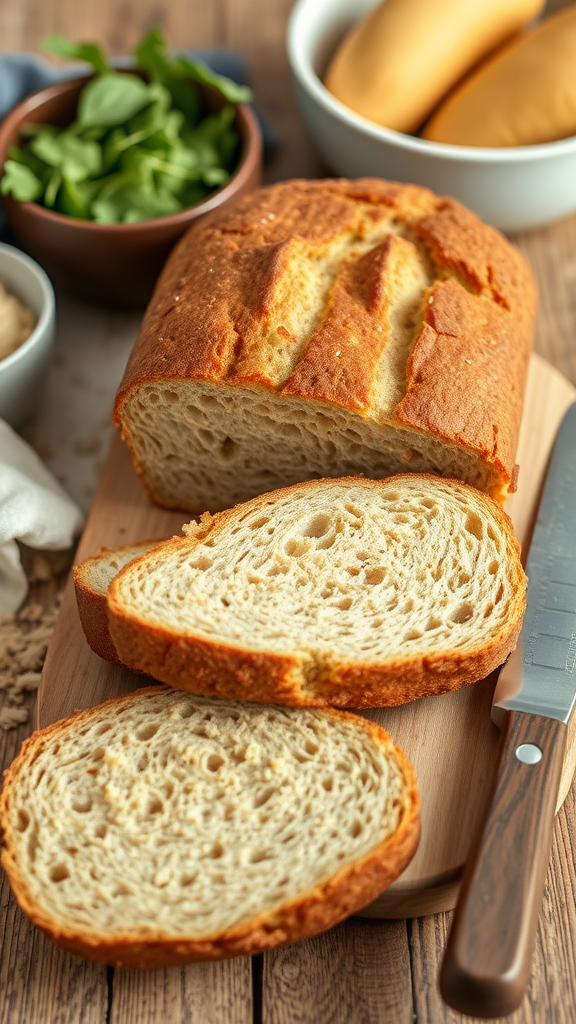
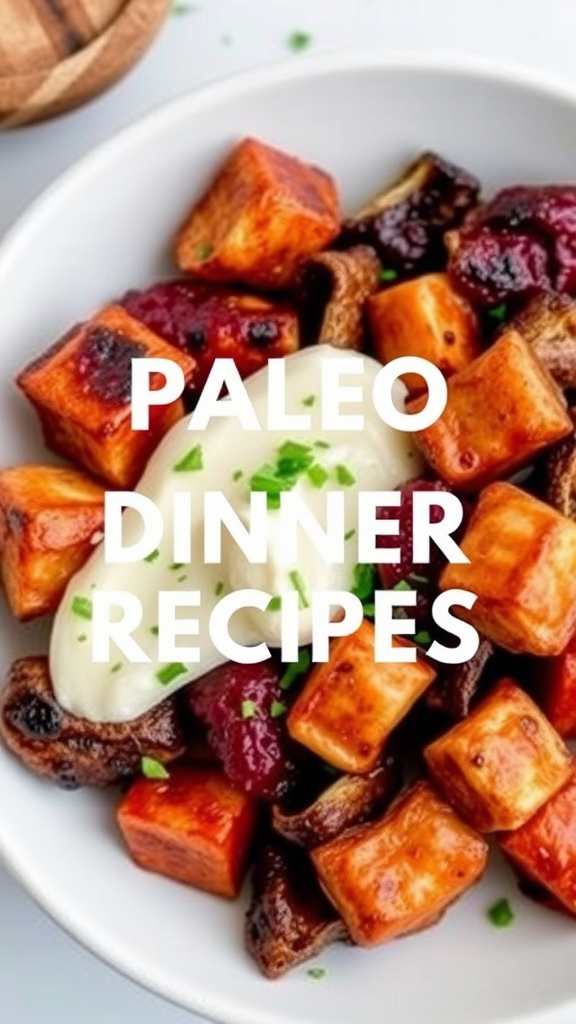
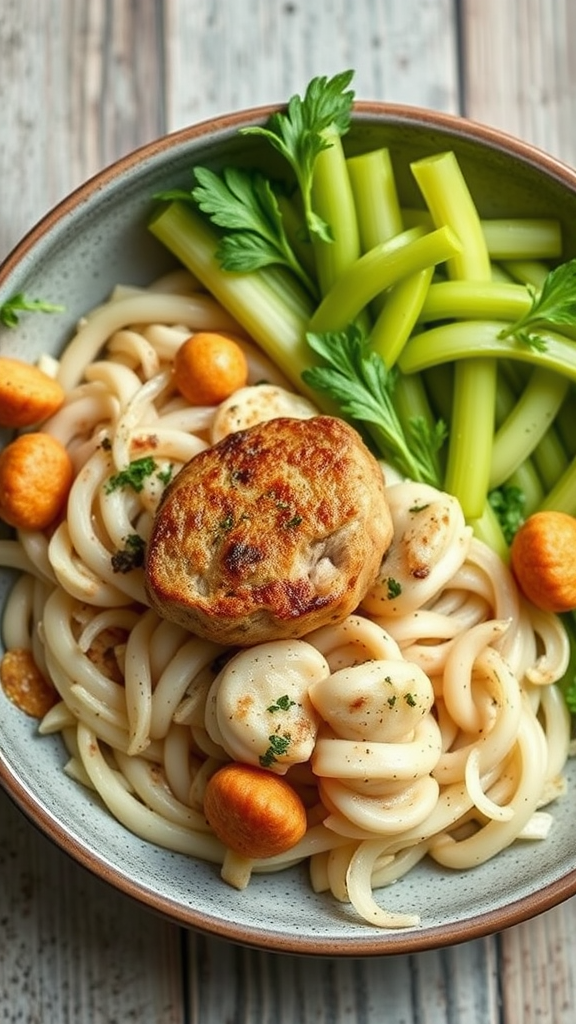
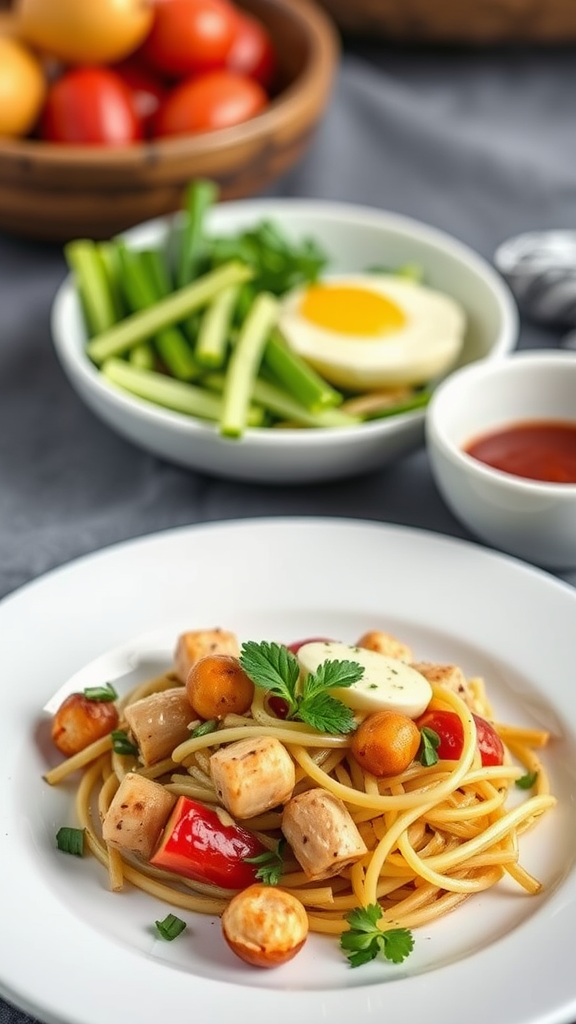
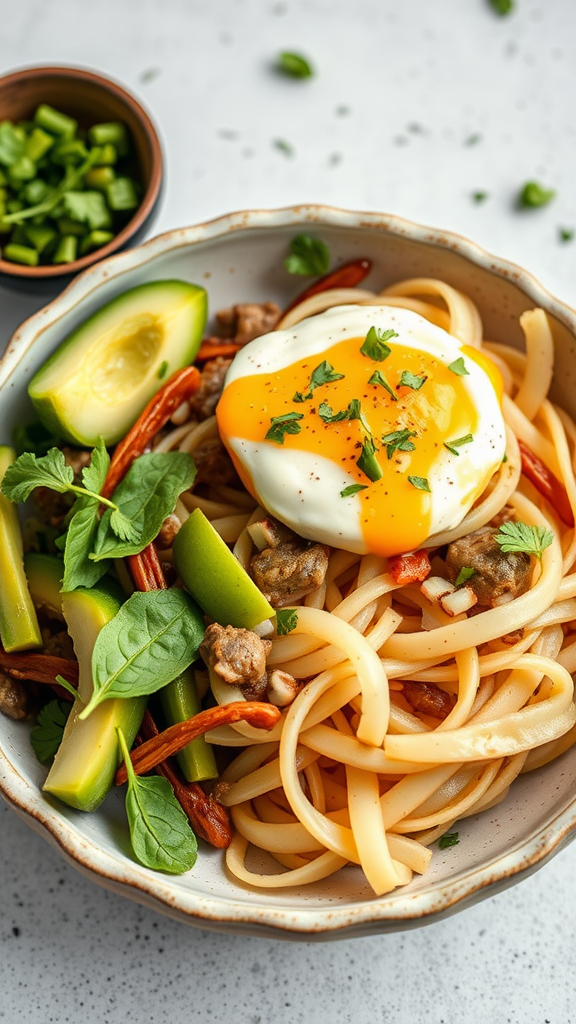
Leave a Reply